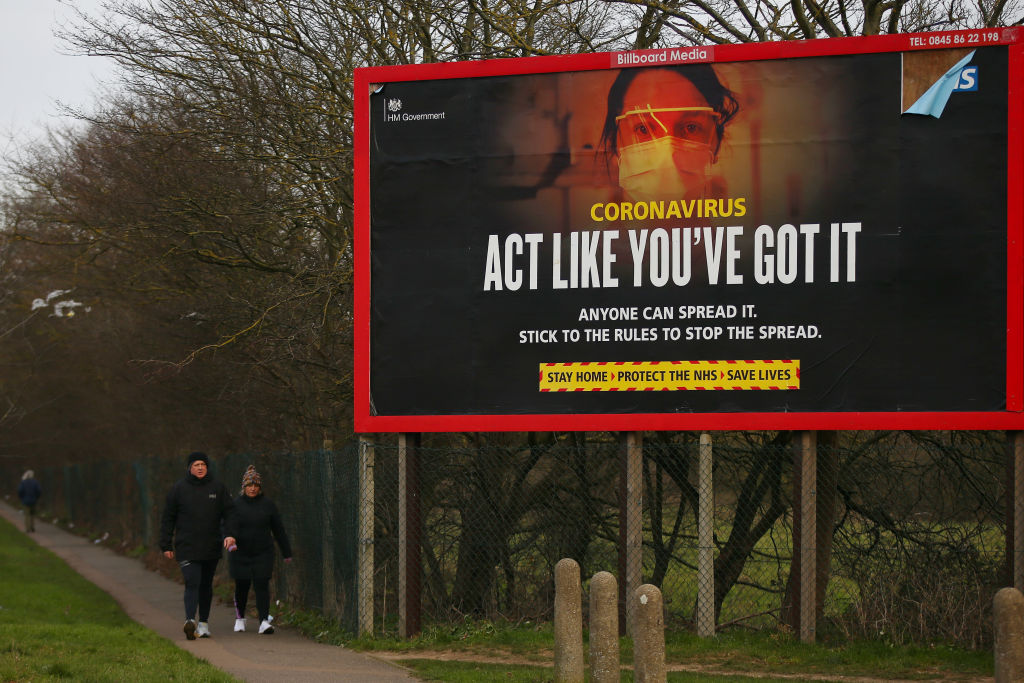Imperial College’s REACT study is given a prominence over other Covid data, but it is a struggle to understand why. This morning, as so often, BBC news bulletins included the latest tranche of results from the study, suggesting that the fall in new Covid infections is ‘slowing’.
The data appears to confirm a deceleration in the fall in infections that was evident in the Test and Trace figures a fortnight ago – and which I wrote about here a week ago – but which has since been reversed. React seems to be telling us a story which we could equally glean much earlier from the PHE figures.
The apparent slowdown in the fall in new infections was linked in this morning’s Today programme to the possibility that people are become more blasé about Covid rules
The results published today cover round 9 of the React study, which swabbed 165,456 people between 4 February and 23 February, 689 of whom were found to be infected.
The results are divided into two: round 9a, referring to swabs taken between 4 and 12 February and round 9b, taken between 13 and 23 February. In the former period, prevalence of Covid in the general population was found to be 0.51 per cent, and in the latter period 0.47 per cent. Prevalence in the previous phase of the study, between 6 and 22 January, was 1.57 per cent. The researchers estimate that between mid January and phase 9a, new cases were halving every 15 days, but that between phases 9a and 9b the halving time increased to 31 days – hence cases are still falling but at a slower rate.
The React study has the advantage over the PHE figures of being based on tests on a randomised sample of the population, which means that it picks up asymptomatic cases and is not influenced by the availability of testing. However, it is hampered by a tendency of PCR tests to sometimes give positive results for days and weeks after someone has recovered.
Moreover, the React study is not continuous – there is a missing period, for example, between 22 January and 4 February – and it lags the data in new infections available from the Test and Trace system. The PHE figures also showed a slowdown in the decline in new cases in the third week of February: having been falling by about 25 per cent a week up until then, the seven day average started falling by around 19 per cent. However, the latest figures published on Wednesday evening show that the seven day average for new UK cases is down 31.6 per cent.
The apparent slowdown in the fall in new infections was linked in this morning’s Today programme to the possibility that people are become more blasé about Covid rules. The timing, however, suggests another possibility: that the number of infections is influenced by the weather. The slowdown coincided with the very cold week we had in the middle of February. Once temperatures began to rise again, the fall in new cases accelerated. That shouldn’t be too much of a surprise, given how seasonal flu responds to temperature – there’s even a clue in the name. It also bodes well for the immediate future as we reach spring.







Comments